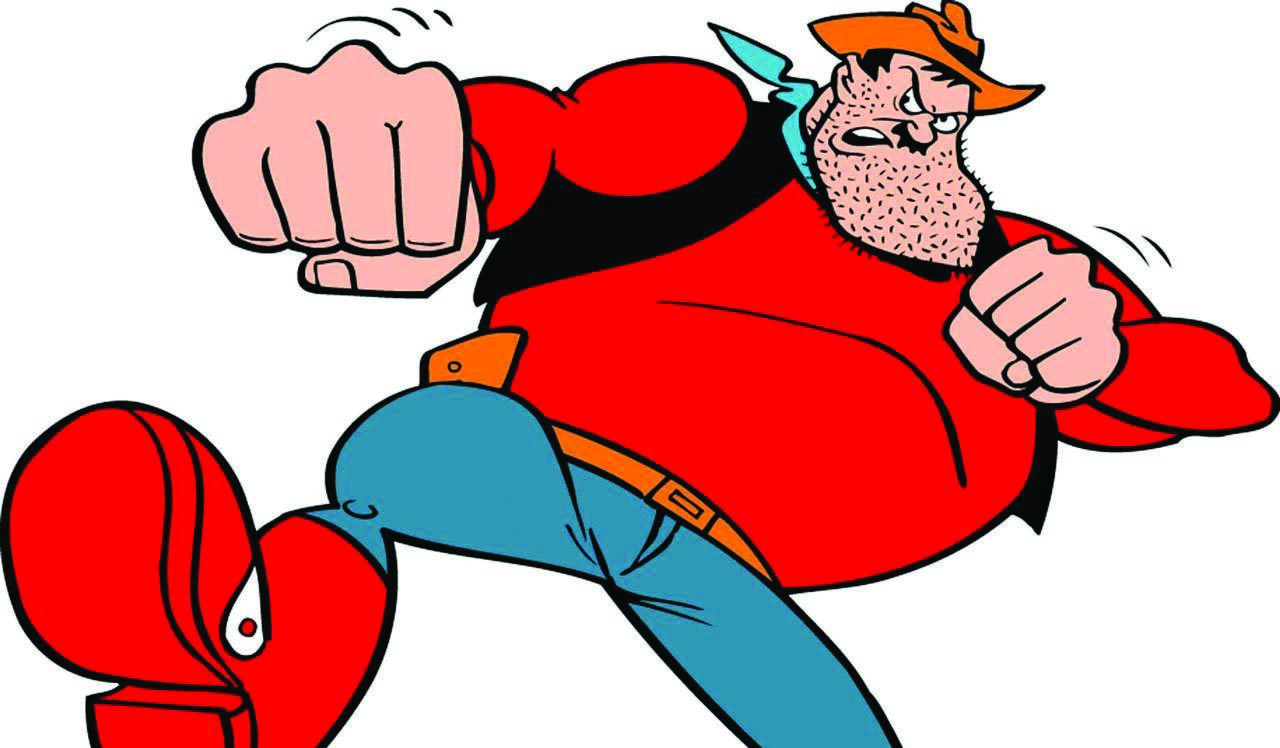
SCOTLAND’S most famous comics have been hailed as revolutionary in a star-studded tribute.
Actress Elaine C. Smith said The Dandy and The Beano were a big part of her childhood, adding: “It was quite revolutionary to have comics that showed kids not all being good.
“The Beano and The Dandy were a bit more subversive and I think that’s part of the appeal.
“They’re an enduring piece of entertainment that have been in the minds of kids over many generations, and should be celebrated as an important part of Scotland’s history, socially and culturally.”
To celebrate their 80th anniversary, Elaine charts the history of the cult DC Thomson kids’ comics in a BBC Radio Scotland documentary this week.
She hears from writers, artists and editors about creating the famous characters, including her favourites Minnie The Minx and Pansy Potter, The Strongman’s Daughter.
“They had great female characters, these wild girls who weren’t bland, safe and perfect, which was very unusual for the time,” added Elaine.
“Minnie The Minx and Pansy Potter allowed young women to identify with characters like them who weren’t the ‘perfect girl’.
“They were adventurous and wild, and showed girls could be funny, bad, daft and do everything that boys could.
“I think that really broke the mould of what women and young girls were supposed to be like, particularly when I was growing up in Scotland in the ’60s and ’70s.”
The Dandy comic was first printed by DC Thomson in 1937 followed by The Beano in 1938.
They quickly became two of the country’s best-selling comics, selling millions of copies every week.
Both continue to consistently rank in the 10 bestselling comic annuals in the UK.
Managing editor of Beano Studios, Craig Graham, has edited both and steered The Dandy from 2006 to 2012, when the final print issue was published.
“In the beginning, they were a new kind of comic with an attitude that was anarchic,” said Craig.
“They were full of adventure, humour and happy to poke fun at grown-ups.”
He says both titles have an enduring appeal and are still beloved by many fans, young and old.
If you put all the Beano comics ever sold together they would stretch to the moon and back.
“Today, kids still talk about how funny they are,” Craig adds.
“ You get parents and grandparents who read the comics when they were kids and can then introduce it to their own children or grandchildren and have that common bond. That’s very powerful and quite rare. It’s one of the reasons so many people still have such affection for the comics.”
Elaine agrees, adding: “I think that as my dad had read them when he was young, it was a traditional thing. He loved Desperate Dan and so did I.
“Listeners will be reminded of their own childhood as well as that connection to their parents and grandparents, and that’s a really powerful thing.”
A Comic Celebration: The Dandy, BBC Radio Scotland, Wed, 1.30pm

Enjoy the convenience of having The Sunday Post delivered as a digital ePaper straight to your smartphone, tablet or computer.
Subscribe for only £5.49 a month and enjoy all the benefits of the printed paper as a digital replica.
Subscribe